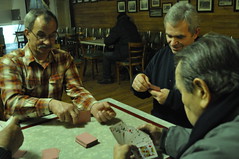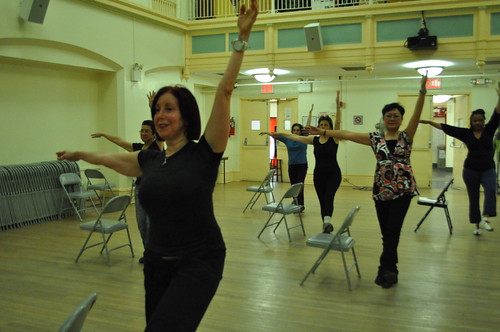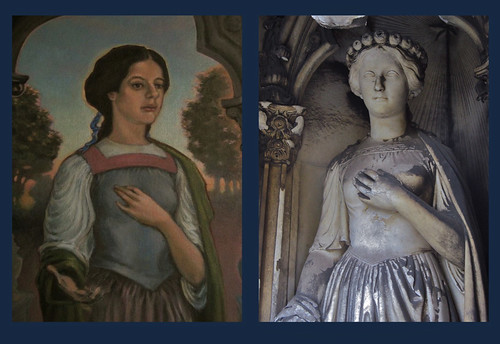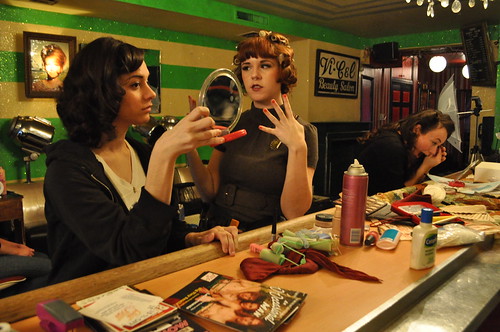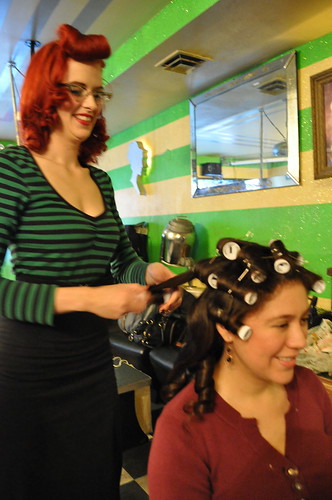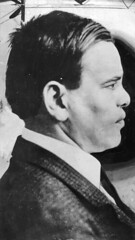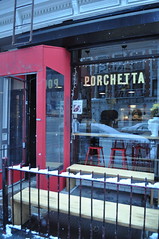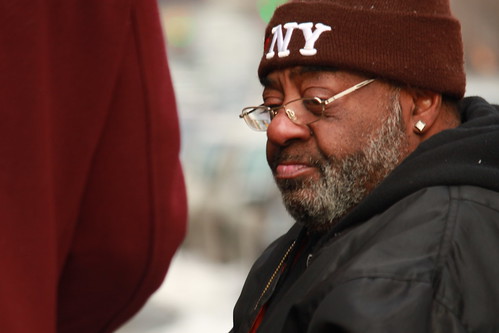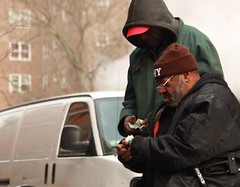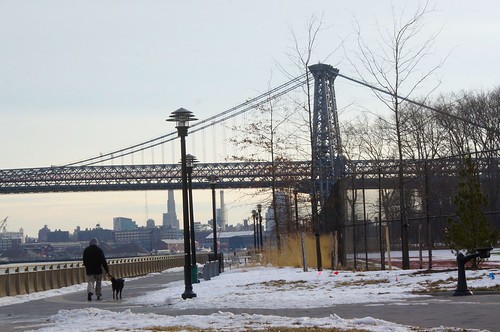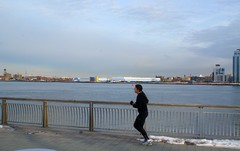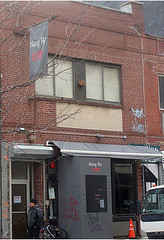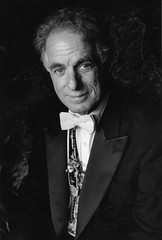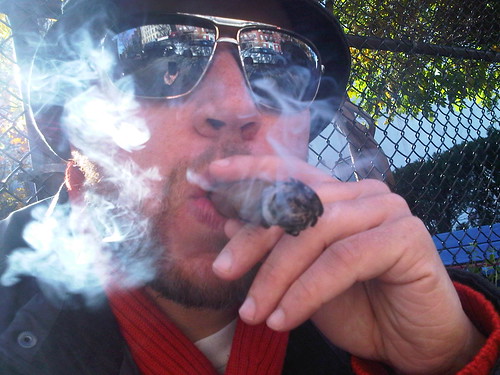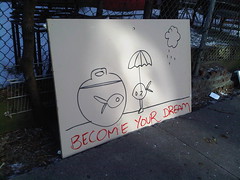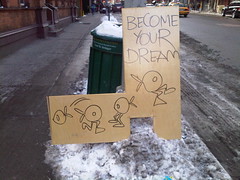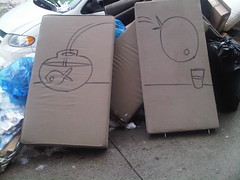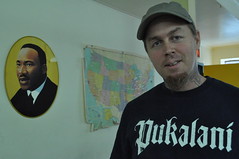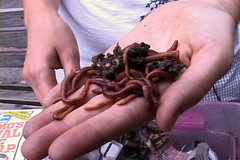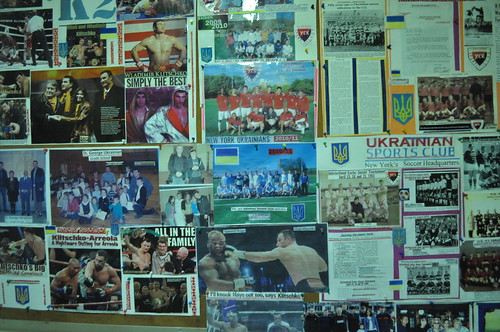 Meredith Hoffman The Ukrainian Sports Club, a hub for emigres for four decades, is set to close soon. Citing a membership of 20 people, club organizers say that it can no longer continue with an $80,000 annual property tax bill and the $25,000 per year cost of insurance.
Meredith Hoffman The Ukrainian Sports Club, a hub for emigres for four decades, is set to close soon. Citing a membership of 20 people, club organizers say that it can no longer continue with an $80,000 annual property tax bill and the $25,000 per year cost of insurance.From his barstool at the Ukrainian Sports Club, Ozzy Verbitsky yelled a message to his fellow Ukrainian-Americans on a recent evening, “There’s no more club anymore! We’re finished!” Then he shook his head mournfully and turned back to the bar.
Though other members wore less visible despair, most turned glum at the mention of the club’s future. The space on Second Avenue near Seventh Street, which has been owned and occupied by the “Ukrainian sports fraternity” since 1972, was put on the rental market last week, due to the club’s financial struggle. Already, 15 interested businesses have responded, said real estate broker Gary Rubinstein.
“This is a unique opportunity because of size and location,” said Mr. Rubinstein, who listed the price for the 3,150-square-foot ground floor space at $26,500 per month. “A major change is coming to the building.”
That change will leave old-timers like John Kowal, 85, and recent immigrants like Jerry Gritsik, 57, searching for a new spot to play cards each night.
In a vast room covered with soccer photos and old trophies, Mr. Kowal looked up from his four-person game but continued to grip his cards as he spoke.
“The old timers die, there are very few people left,” said Mr. Kowal, who was around at the club’s founding and during its soccer championship in the U.S. Open Cup in 1965. “But so far we still exist.”
Read more…



